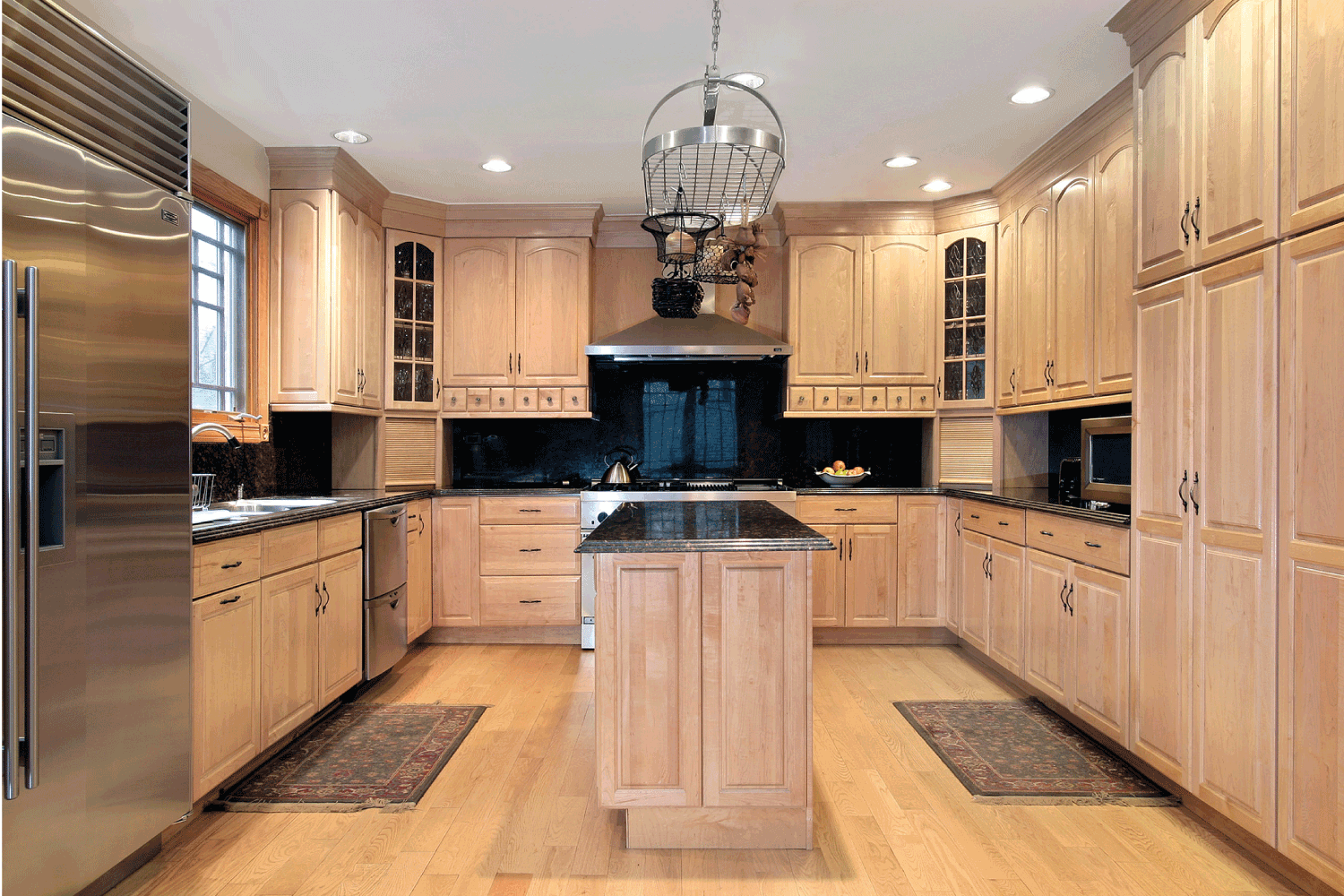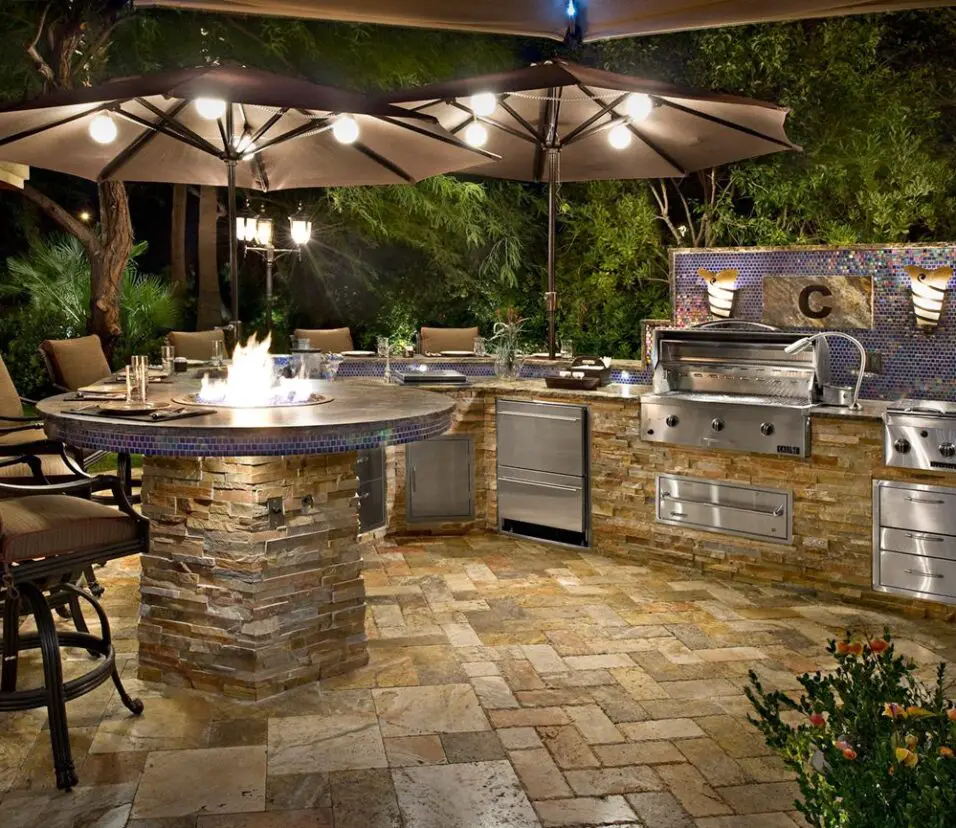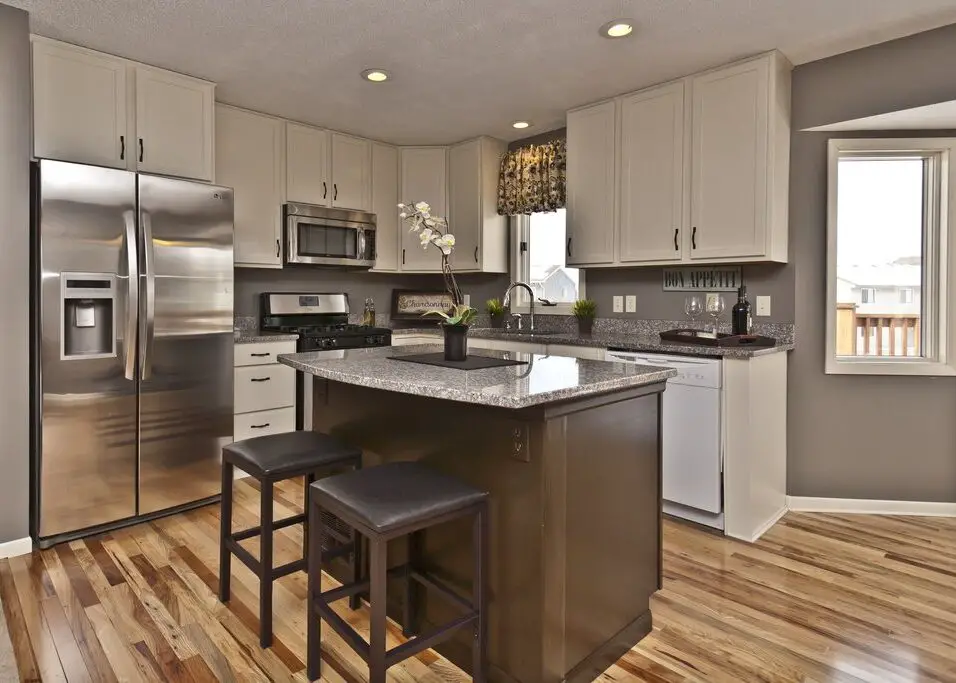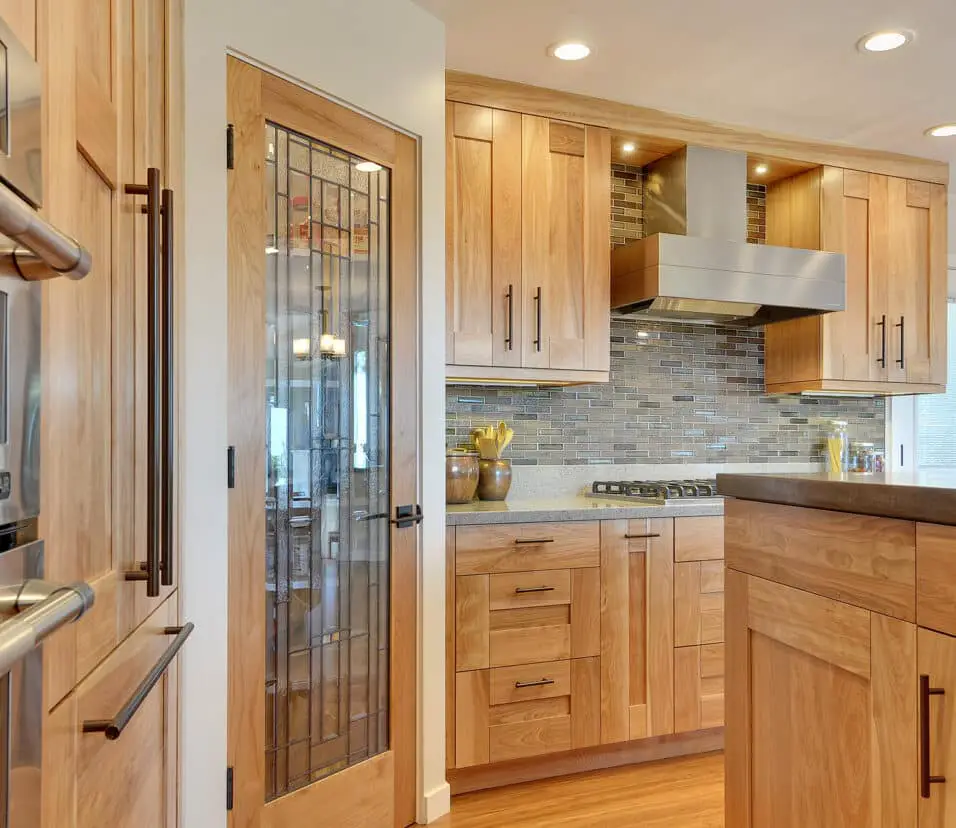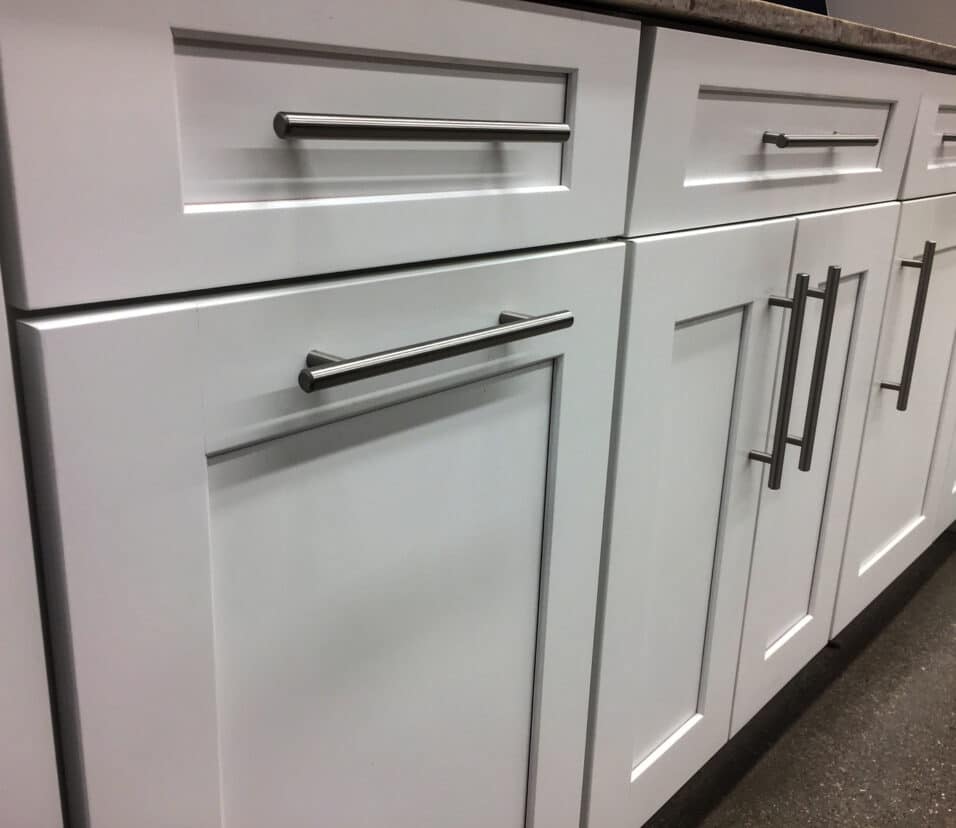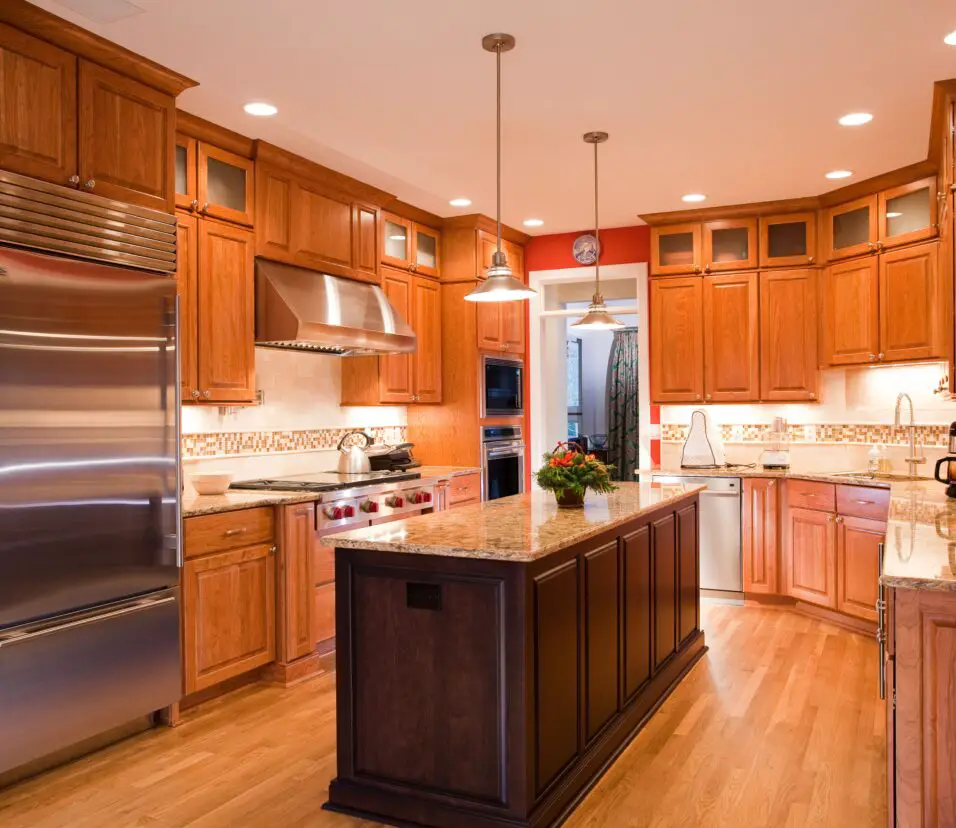How To Whitewash Kitchen Cabinets
Introduction
How To Whitewash Kitchen Cabinets: To breathe new life into your kitchen space without breaking the bank, one effective and stylish solution is to whitewash your kitchen cabinets. Whitewashing is a versatile and timeless technique that can transform your dull or outdated cabinets into a fresh, bright, and charming focal point in your kitchen. Use a paintbrush or a rag/sponge to apply the whitewash mixture onto the cabinet doors and frames. Work in small sections at a time, ensuring even coverage. After applying the whitewash, immediately use a clean rag or sponge to gently wipe off some of the paint, leaving a subtle, washed-out effect.
The process of whitewashing your wooden kitchen cabinets, providing you with the knowledge and confidence to tackle this rewarding project on your own. Whether you’re a seasoned DIYer or a beginner looking to explore your creative side, you’ll find that whitewashing offers a simple yet elegant way to revitalize your kitchen without the need for a full cabinet replacement. Experiment with different wiping techniques to achieve your desired level of distressing.
With just a few basic materials and some dedication, you can achieve a beautifully rustic, coastal, or farmhouse-inspired look – it all depends on your desired style and the level of distressing you choose to apply. So, let’s dive into the wonderful world of whitewashing and watch your kitchen cabinets undergo a stunning transformation that will leave your guests in awe.
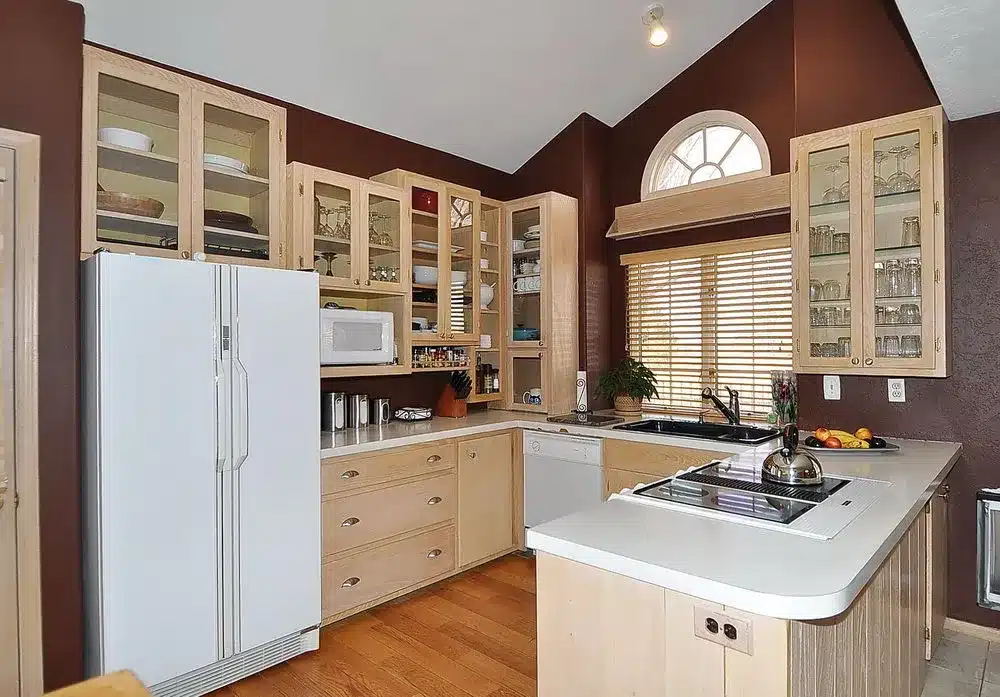
Can you paint kitchen cabinets white?
Painting your kitchen cabinets is one of the easiest ways to give your kitchen a brand-new look, without embarking on a complete remodel. From crisp all-white cabinets, to a trendy sage green hue with brass hardware, to an eye-catching blue, freshly painted cabinets will transform the entire room.
If your cabinets have a dark stain or glossy finish, consider applying a primer before the white paint. The primer helps create a smooth and even base for the paint and prevents any discoloration from showing through.
Opt for a high-quality paint suitable for cabinets, such as a latex or acrylic-based paint. These paints are durable and provide a smooth finish.
Start by painting the edges and corners with a smaller brush, then use a larger brush or roller to cover the flat surfaces. Apply thin and even coats of paint, allowing each coat to dry completely before applying the next. Multiple thin coats produce a better result than one thick coat.
Allow the paint to dry according to the manufacturer’s instructions. It’s essential to be patient during this process to prevent smudges or damage to the finish.
Once the paint is fully dry, reassemble the cabinets, reattaching the doors and hardware.
Consider adding a clear polyurethane sealer or topcoat to protect the paint finish from daily wear and tear. Choose a non-yellowing formula to maintain the bright white appearance.
What is the best way to clean white painted kitchen cabinets?
The Basics
Make it part of your normal kitchen cleaning routine so that you don’t have to worry about more serious buildup. Use a solution of water with all-purpose cleaner or white vinegar, and place this in a spray bottle. Work on one cabinet at a time, using a soft sponge to scrub the surface in a circular motion.
Once a week, use a mixture of warm water and mild dish soap to clean the cabinets. Dip a soft cloth or sponge into the soapy solution, wring out excess water, and gently wipe down the cabinet doors and frames. Pay special attention to areas near the handles and knobs, as these tend to collect more fingerprints and dirt.
For stubborn stains or greasy spots, make a paste using baking soda and water. Apply the paste to the stain and let it sit for a few minutes before gently scrubbing with a soft sponge or cloth.
Avoid using harsh abrasives or scrub brushes, as they can damage the paint finish.
For tough grease or grime, mix equal parts of white vinegar and water in a spray bottle. Spray the solution onto the cabinets and wipe them clean with a soft cloth or sponge. Vinegar is a natural degreaser and can help break down stubborn buildup without harming the paint.
Steer clear of harsh chemicals, bleach, ammonia, or abrasive cleaners. These can strip the paint finish, cause discoloration, or leave permanent damage.
While Magic Erasers can be effective at removing scuffs and stains, use them sparingly and with caution. They have abrasive properties and can dull the paint if used too vigorously.
How do I make my cabinets whiter?
Writer Lorna Hordos suggests removing a yellow tinge this way: Wash your cupboards with a fizzy mixture of 1 cup vinegar, 2 cups warm water and 1 tablespoon baking soda. To keep cabinets white, give them a monthly “bath” with a solution of warm water and a grease-busting dish soap.
Before attempting any restoration methods, start by giving your cabinets a thorough deep cleaning. Use a mixture of warm water and mild dish soap to wipe down the surfaces. This will remove dirt, grease, and grime that might be dulling the white paint.
For cabinets with stubborn stains or discoloration, create a paste using baking soda and water. Apply the paste to the affected areas and let it sit for a few minutes before gently scrubbing with a soft sponge or cloth. Baking soda can help lift surface stains and brighten the paint.
White vinegar is a natural and effective cleaner that can help remove yellowing from white cabinets. Mix equal parts of white vinegar and water in a spray bottle and lightly mist the cabinets. Wipe them down with a soft cloth or sponge. The vinegar’s acidic properties can cut through grease and grime, restoring the cabinets’ whiteness.
Bleaching should only be used on painted surfaces and not on wood finishes. Before attempting this method, test a small, inconspicuous area of your cabinets to ensure it doesn’t cause any damage or discoloration.
Dilute a small amount of chlorine bleach with water, dampen a cloth, and gently wipe down the cabinets. Rinse thoroughly with clean water and dry immediately.
If your cabinets have significant discoloration or damage that cannot be corrected with cleaning methods, consider repainting them. Remove the cabinet doors and hardware, lightly sand the surfaces, and apply a new coat of white paint. Be sure to use a paint suitable for cabinets to ensure durability.
Cabinet hardware, such as knobs and handles, can also yellow over time. If cleaning doesn’t restore their whiteness, consider replacing them with new, bright white hardware.
How do you paint white kitchen cabinets white?
- Remove your cabinet handles and doors.
- Label your doors as you take them off.
- SAND.
- Clean the doors really well.
- Paint.
- Reinstall your cabinet doors and hardware.
- Stand back and fall in love with your freshly painted kitchen cabinets!
Remove all cabinet doors, drawers, and hardware, such as knobs and handles, using a screwdriver or drill. Label each piece to remember its original location during reassembly.
Cover your kitchen floor and countertops with drop cloths or plastic sheets to protect them from paint spills or splatters.
Clean the cabinet surfaces thoroughly with a grease-cutting cleaner to remove dirt, grime, and cooking residue.
Lightly sand the surfaces with medium-grit sandpaper to create a rough texture, allowing the new paint to adhere better. Wipe away the sanding dust with a tack cloth.
If your cabinets have an existing dark or stained finish, or if you’re painting over a different color, applying a primer is recommended. The primer creates a smooth and even base for the new white paint and helps prevent any previous color from showing through.
Start by painting the edges and corners with a smaller brush. Then, use a larger brush or roller to cover the flat surfaces of the cabinet doors and frames with white paint.
Apply thin and even coats of paint, allowing each coat to dry completely before applying the next one. Multiple thin coats produce a better result than one thick coat.
Be patient during the drying process to avoid smudges or damage to the finish. Follow the paint manufacturer’s recommended drying time for each coat
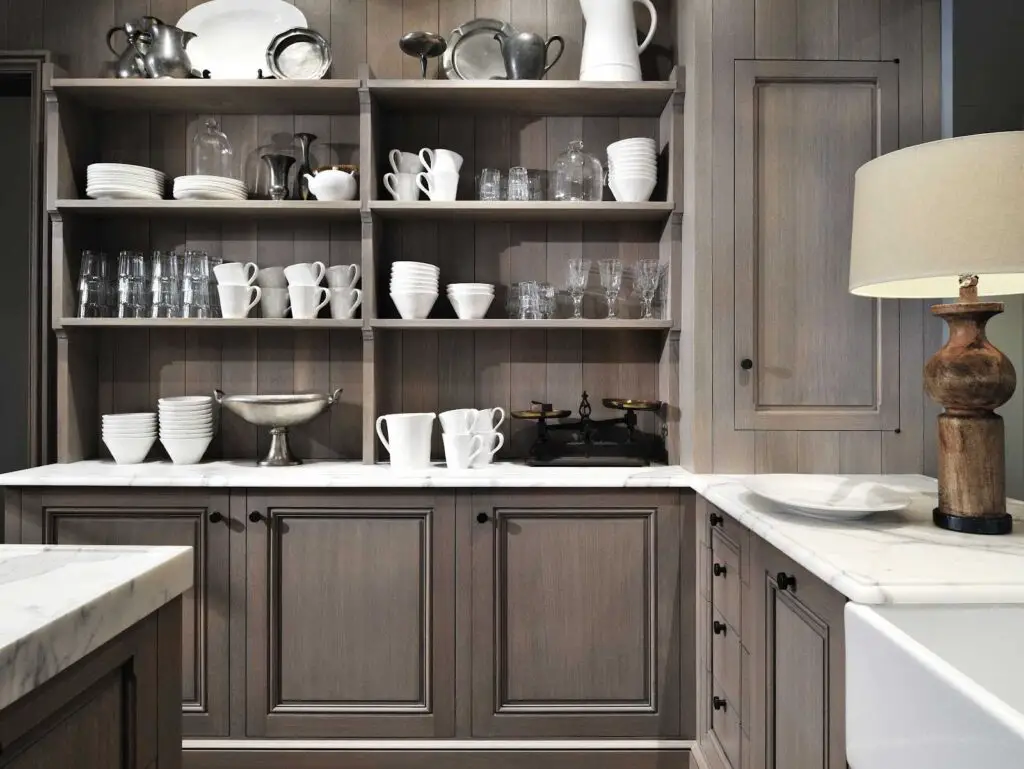
Is it OK to paint a kitchen white?
Gleaming white paint is the apple of the design world’s eye at the moment, brightening up walls, floors, countertops, and cabinets of the most fabulous kitchens across the country. A white kitchen feels as light and airy as a spring breeze and provides a perfect canvas for decorating in vivid splashes of color.
White is known for its ability to reflect light, making the kitchen appear more spacious, airy, and open. This is especially advantageous in smaller kitchens or those with limited natural light.
White serves as a blank canvas, allowing you to easily incorporate different colors and patterns in your kitchen decor. Whether you prefer a pop of color with accessories or a neutral and serene space, white can accommodate your vision.
White kitchens provide the perfect foundation for showcasing your favorite kitchen accessories, such as colorful cookware, decorative items, and statement lighting.
White exudes cleanliness and purity, giving your kitchen a fresh and sanitary appearance. It’s also easier to spot and clean any spills or stains on white surfaces.
White kitchens are a safe and appealing choice for potential homebuyers. They have broad market appeal, making your home more attractive when it comes time to sell.
White kitchens can feature various shades and textures of white, creating a visually interesting and sophisticated design. Different finishes, such as matte or glossy, can add dimension to the space.
Do painted white cabinets last?
If you take good care of your newly painted kitchen cabinets and have them professionally painted, you can expect them to last between 8 and 10 years. Although new cabinets will last much longer, they will also cost you several thousand dollars more, which may not be necessary for certain circumstances.
Thoroughly cleaning and prepping the cabinets before painting is crucial. This includes removing all grease, grime, and dirt, as well as lightly sanding the surfaces to create a rough texture for better paint adhesion.
The painting process requires attention to detail and skillful application. Applying multiple thin coats of paint instead of one thick coat ensures a smoother finish that is less prone to chipping or peeling.
Applying a clear polyurethane topcoat or sealer over the painted cabinets can add an extra layer of protection. This topcoat helps guard against scratches, stains, and general wear and tear.
Allowing sufficient drying time between coats of paint is crucial for the paint to cure properly. Rushing the process can result in a less durable finish.
Regularly cleaning and maintaining the cabinets is essential for their longevity. Wiping down the surfaces with a mild detergent and soft cloth helps prevent the buildup of grime and grease.
Avoid using harsh chemicals or abrasive cleaning products, as they can damage the paint finish. Stick to gentle, non-abrasive cleaners.
What is the best product to clean white painted cabinets?
The following are steps to take to get better looking painted cabinets: Step One: Prepare your cleaning agent of choice. No matter the surface, it is easiest to always use a good dish soap and water to dilute it for your cleanser. All-purpose cleaner, wood cleaner, and white vinegar are also suitable alternatives.
A simple solution of warm water and mild dish soap is one of the safest and most effective ways to clean white painted cabinets. Mix a few drops of mild dish soap in warm water, dip a soft cloth or sponge into the solution, wring out excess water, and gently wipe down the cabinet surfaces.
White vinegar is a natural cleaner with degreasing properties. Mix equal parts of white vinegar and water in a spray bottle and lightly mist the cabinets. Wipe them down with a soft cloth or sponge to remove grime and grease.
For stubborn stains or greasy spots, create a paste using baking soda and water. Apply the paste to the stain and let it sit for a few minutes before gently scrubbing with a soft sponge or cloth. Baking soda is a gentle abrasive that can help lift surface stains.
When cleaning white painted cabinets, use microfiber cloths or soft sponges. These materials are non-abrasive and won’t scratch the paint finish.
If you prefer a commercial cleaning product, choose a non-abrasive all-purpose cleaner that is safe for painted surfaces. Look for a cleaner that is labeled as suitable for kitchen cabinets.
Some natural citrus-based cleaners are effective at cutting through grease and grime on white painted cabinets. These cleaners often have a pleasant scent and are environmentally friendly.
What material is used for white kitchen cabinets?
MDF for White Kitchens
It is denser, stronger and more durable than plywood and can be used for many of the same applications as wood such as cabinet doors. MDF is a superior choice for kitchen cabinets because it does not warp or crack with fluctuations in temperature and humidity.
MDF is an engineered wood product made from compressed wood fibers and resin. It is an affordable alternative to solid wood and offers a smooth and uniform surface, making it an excellent choice for painting. MDF cabinets can be easily painted white and are often used for contemporary kitchen designs.
Plywood is another popular material used for white kitchen cabinets. It is made by layering thin wood veneers and bonding them together. Plywood is known for its strength and stability, making it a durable option for cabinets. It can be painted white or covered with a white veneer.
Thermofoil cabinets are made from MDF or particleboard with a vinyl or PVC coating that is heat-fused to the surface. Thermofoil cabinets are budget-friendly and easy to clean, making them a popular choice for modern and minimalist kitchen designs.
Laminate cabinets are constructed with a thin layer of plastic or resin over a substrate. They are available in a wide range of colors and patterns, including white. Laminate cabinets are easy to maintain and are a cost-effective option for achieving a white cabinet look.
High gloss or acrylic cabinets feature a glossy, reflective surface that enhances the brightness of the white color. These cabinets create a modern and contemporary aesthetic and are easy to clean and maintain.
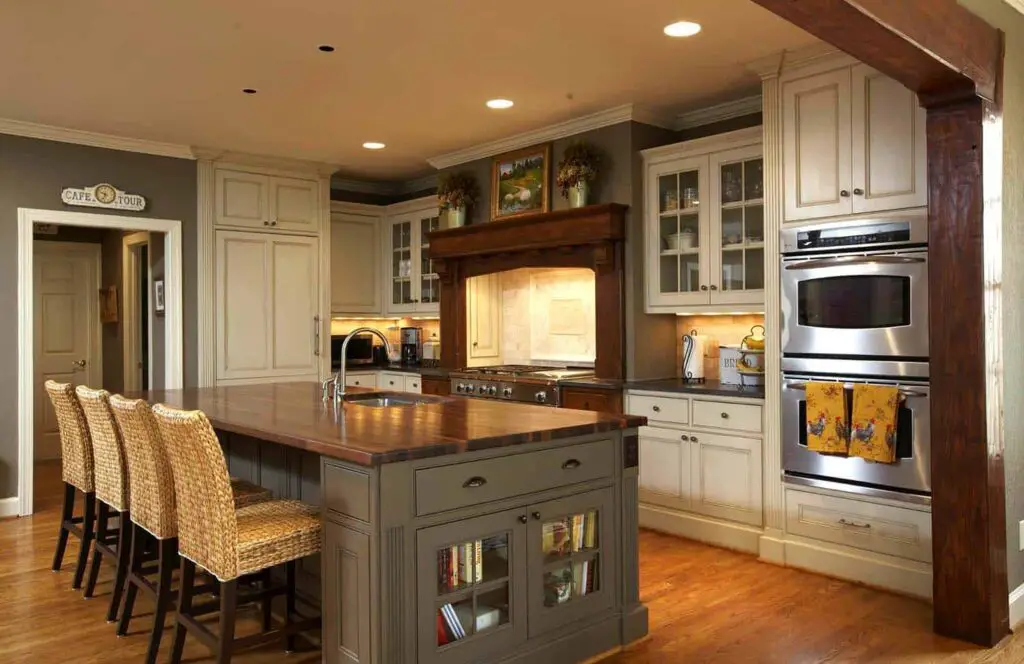
Conclusion
Whitewashing offers a budget-friendly and rewarding solution for those seeking a DIY project that yields impressive results. Whether you aimed for a rustic farmhouse look, a coastal vibe, or a more contemporary aesthetic, the versatility of whitewash cabinet allowed you to tailor the finish to your specific taste and style preferences. With proper care, your whitewashed cabinets will continue to be a beautiful and eye-catching feature in your home for years to come.
Through proper preparation, careful application, and attention to detail, you’ve managed to revitalize your kitchen without the need for a complete cabinet replacement. Not only have you added value to your home, but you’ve also gained the satisfaction of having personally contributed to the transformation of your living space. As you enjoy your newly whitewashed kitchen cabinets, don’t forget to protect your hard work by maintaining them regularly and using gentle cleaning methods.
Remember, the joy of DIY lies not just in the end result, but also in the process of creativity and learning. So, keep exploring and experimenting with new techniques to enhance your living space further. Your journey as a DIY enthusiast has only just begun, and the possibilities are limitless. Now, with a refreshed and inviting kitchen, it’s time to relish in the compliments from family and friends, and perhaps even inspire others to take up their brushes and try their hand at the art of whitewashing.



